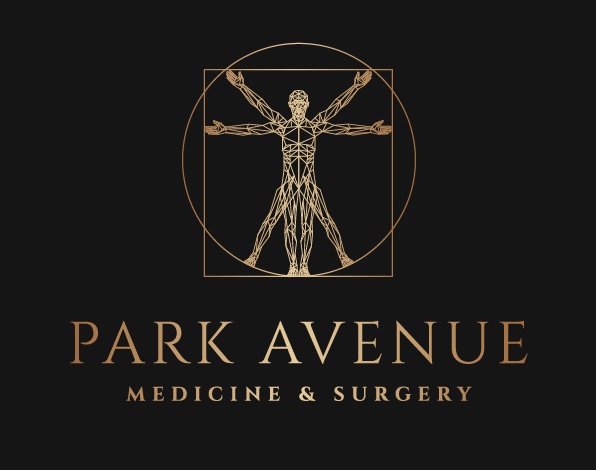TELEMEDICINE: THE VIRTUAL HOSPITAL OF TODAY
As COVID-19 continues to spread across the globe, medical professionals have started to integrate telemedicine into their practices - Dr. Tom Madejski and Dr. Danial Choi are just two of the many. Exactly what, then, is telemedicine? It is most simply a “virtual hospital.”
The Telehealth Initiative:
The Physicians Foundation, Massachusetts Medical Society, and Texas Medical Association join together in aims to integrate telemedicine in order to reduce the spread of COVID-19, and to reduce the pressure on medical facilities.
How to Set up Telemedicine:
Any electronic platform works, be it a computer, smartphone, or tablet. You would then have to download a software of your choice; Skype, FaceTime, and Zoom are among the most popular websites:
Zoom is normally preferred because you can logistically schedule meetings ahead of time, and place patients into virtual waiting rooms while you are consulting another patient.
Advantages to Telemedicine:
Reduces patients’ exposure to public, and thus aid in flattening the curve
Reduces exposure of healthcare workers to the virus
Cooperative tools for healthcare workers to communicate with one another
Efficient for outpatients especially
Telemedicine in New York City:
New York Workers Compensation Board (NYWCB) has adopted policies that allow telemedicine in several situations in aims of social distancing. Telemedicine service can include discussion of test results, post-treatment assessments, and counselling. CPT (Current Procedural Terminology) codes for telemedicine are listed here: 99441, 99442, 99443
A Final Note:
Of-course not everything can be accomplished by telehealth, but it is still an efficient, useful tool that medical professionals are using in this growing pandemic. You have to get both medical staff and patients to cooperate too, and to especially reassure patients that it is an easy, safe way to communicate.
